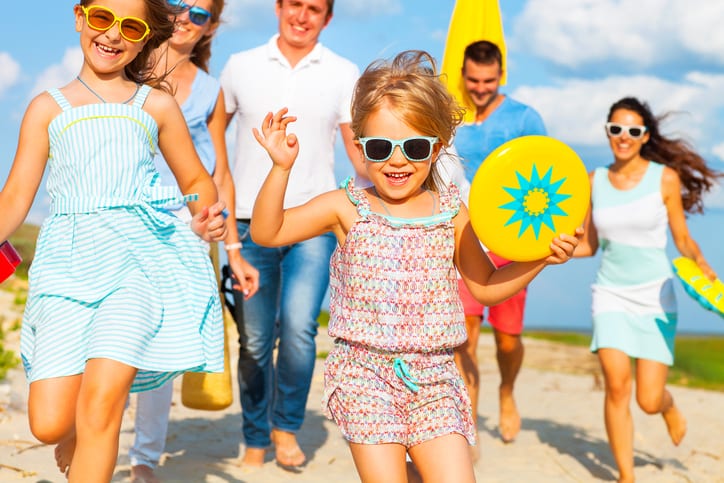Spring Break: Safety on the Slopes and in the Water
March 3, 2017

Spring break is right around the corner, and you’re probably looking forward to a much needed vacation — maybe with a few friends, or getting together with family. While planning all that fun, it’s important to also keep personal safety in mind… especially if you have some adventure activities on the itinerary!
To help you enjoy your trip without having to worry about an accident or injury, we’ve created a list of important safety tips that you can use when on the slopes or in (and around) the water.
Safety on the Slopes
Alcohol and Skiing Definitely Don’t Mix
Mixing alcohol with skiing is dangerous since it can impair your motor skills while you’re traveling down those slopes at high speed. Plus, it’s not necessary… skiing is way more fun without it. (And wouldn’t it be more fun to remember everything — without a broken bone?) If you do have any alcohol, do so responsibly back at the cabin.
Don’t Skimp on Meals, and Drink Plenty of Water
High altitude causes your body’s metabolism to work twice as hard. That means you’ll be burning twice the amount of calories as you do at home! To compensate for this, be sure to eat a lot of carbs and drink plenty of water to make sure you have enough energy and stay properly hydrated.
Stay Away from Slopes with Lots of Trees
Almost every skiing injury you hear about involves a tree. Stay away from slopes dense with trees, and only take marked trails. People often get into danger when they’re skiing in areas they shouldn’t be.
Wear a Helmet and Goggles
Head injuries are another common injury on the ski slopes. If you’re doing downhill skiing, you should be wearing proper equipment, including a helmet. Pro tip: knit caps won’t protect your head in a fall. Also, to avoid eye issues such as snow blindness, always wear goggles. Snow blindness is a painful, temporary loss of vision caused by an overexposure to the sun’s damaging UV rays. Snow blindness is essentially a sunburned cornea. This can be avoided by wearing daytime goggles with UV protection. If you’re skiing at night, night goggles should be worn to protect your eyes from flying snow, ice, debris, and wind.
Safety In (and Around) the Water
Stay Hydrated at All Times
The unpleasant symptoms of dehydration (nausea, headaches, fatigue, etc.) will sneak up on you if you don’t drink enough fluids. Water should always be your first choice for hydration — make sure you drink keep plenty on hand to drink while spending prolonged periods of time in the sun. If water isn’t available, sports drinks are also an option.
Apply Sunscreen Throughout the Day
Keeping your skin protected from the hot sun is an important safety precaution. And it’s a way to ensure you make the most of your trip. . . a painful sunburn will definitely sideline you from the beach and not be the kind of memory you want to take home.
Keep Track of Everyone
Before going to the beach, make a pact to stay safe by agreeing that people in your group will always let one another know where they’re going before leaving. It’s also always a good idea to swim with a buddy.
Additional Safety Tips
Traveling in groups is a great idea in order to make sure everyone’s looking out for one another. Also make sure you have phone numbers of everyone’s emergency contact person. Seek out going to beaches with lifeguards, which are often the section of public beach near the local pier. And, most important, have fun!
